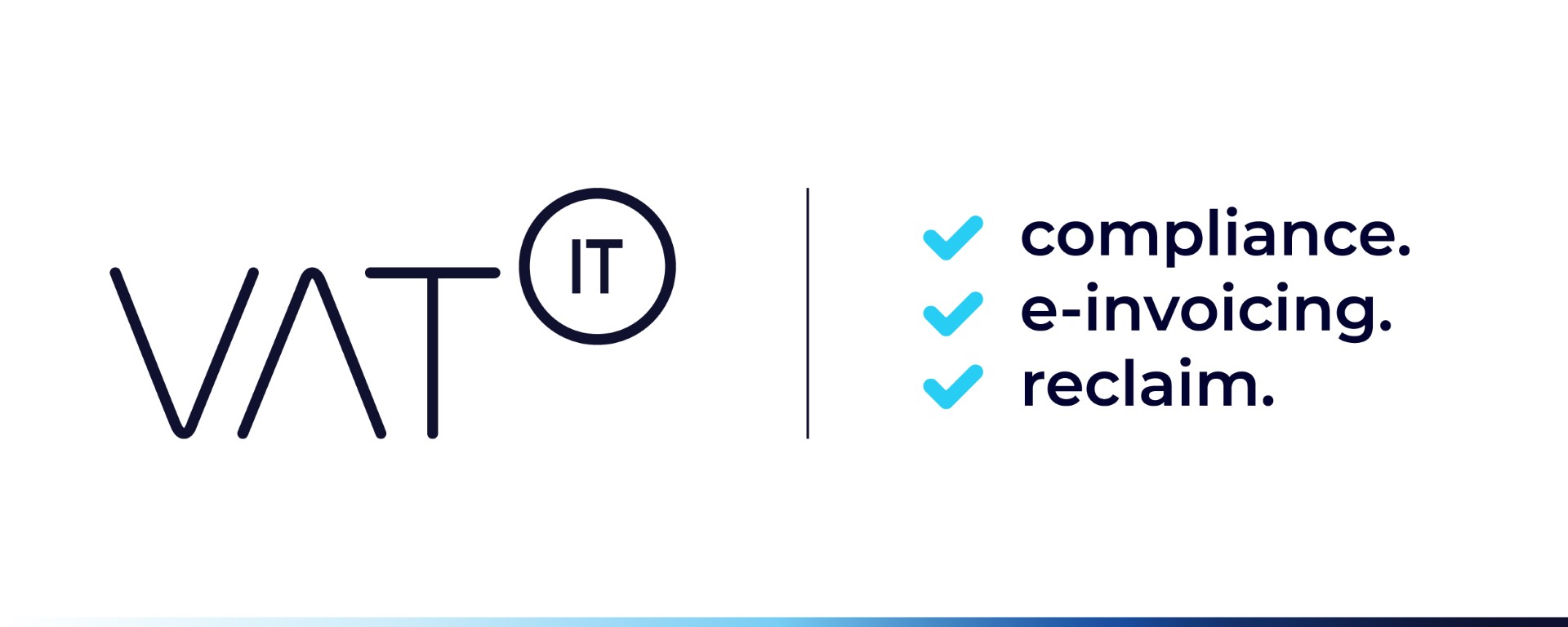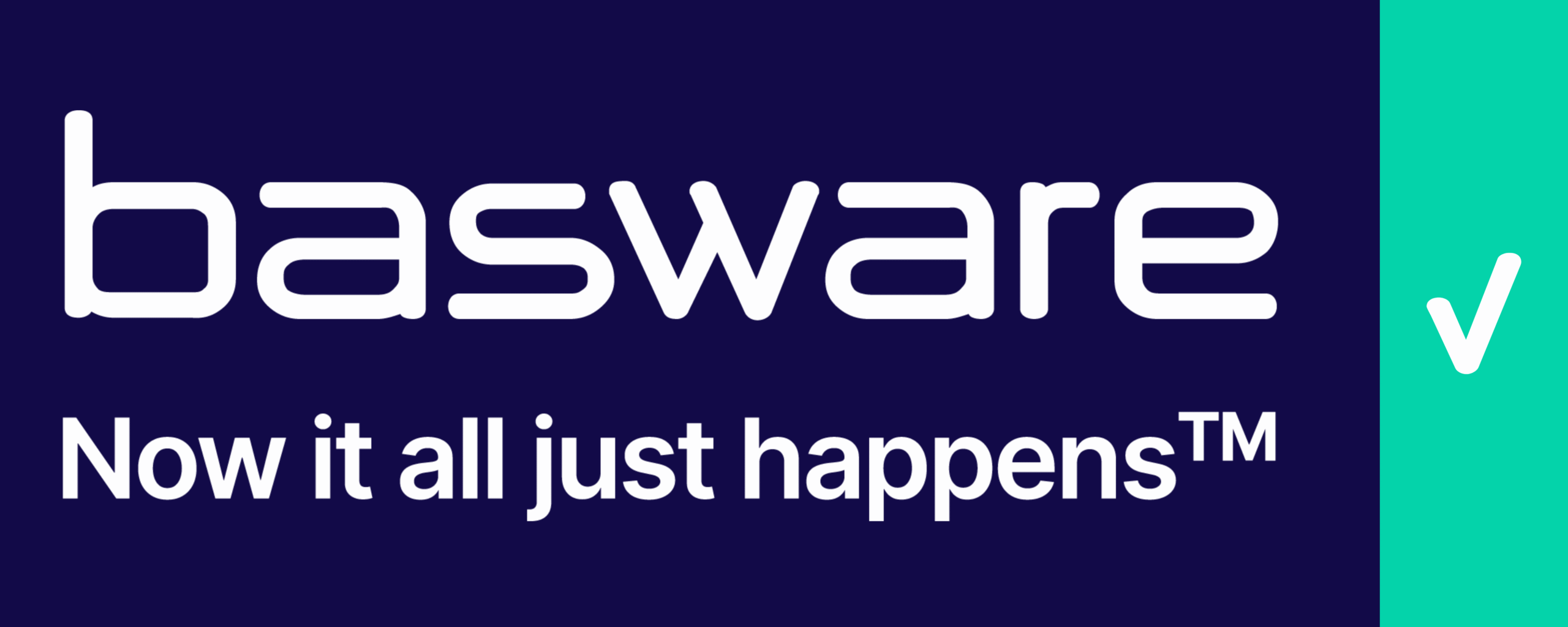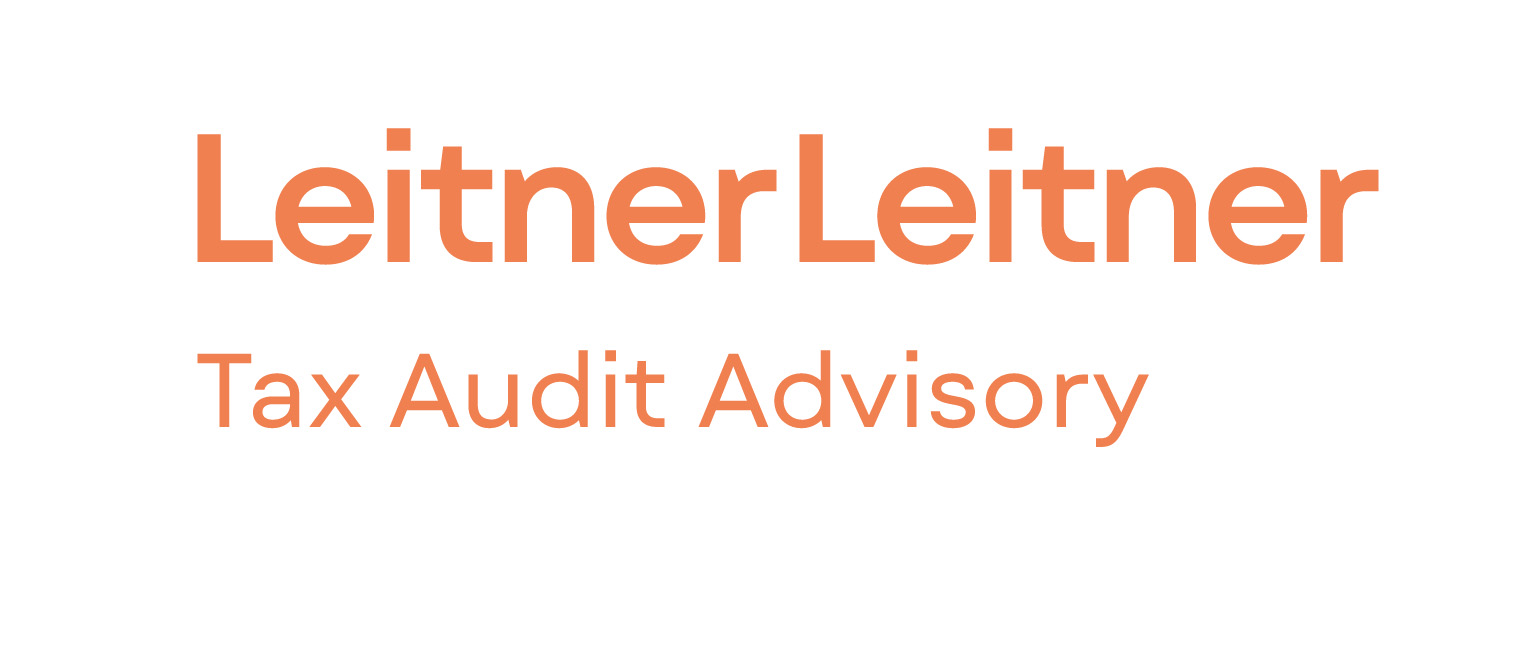- Automation tools simplify accounting but sellers are responsible for data accuracy and compliance.
- E-commerce sellers use tools to pull sales data from platforms like Amazon for VAT returns.
- Automation offers convenience but carries risks that need attention.
- Issues arise from limited verification of reports used for VAT returns.
- Automation should be monitored continuously for data quality.
- Changes in report structures can lead to incorrect settlements.
- Sales platforms may change sales models, affecting VAT registration requirements.
- VAT returns must include data from various purchase transactions, not just sales platform data.
- Transactions may appear on both sides of VAT with different values.
- Consider if the tool provider offers adequate support for data handling.
- E-commerce is sensitive to changes and errors in tax reporting, affected by legal changes locally and across Europe.
Source: krgroup.eu
Note that this post was (partially) written with the help of AI. It is always useful to review the original source material, and where needed to obtain (local) advice from a specialist.
Latest Posts in "European Union"
- CJEU Clarifies 0% VAT Documentation for Intra-Community Supplies: Key 2025 Ruling for Businesses
- Key CBAM Changes for EU Importers Effective January 2026: New Thresholds and Reporting Rules
- GENA Urges EU to Harmonise and Expand Digital E-Invoicing in Public Procurement Reform
- Audit Office Monitors Council’s VAT Filing Amid Potential £600k HMRC Fine Risk
- EU VAT Gap 2023: Key Findings, Country Comparisons, and Policy Insights from Mind the Gap Report














